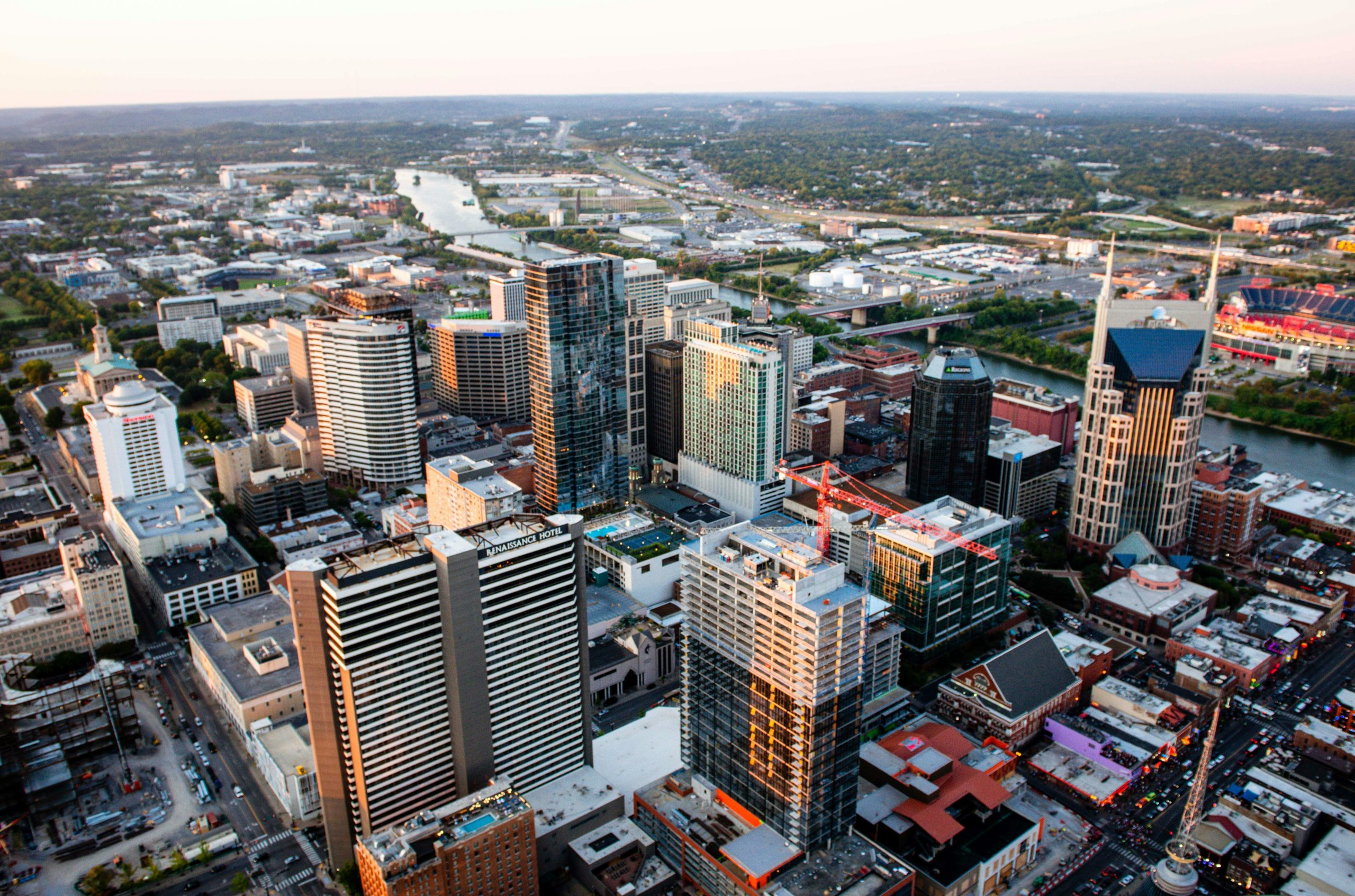The Importance of Walkability in Urban Neighborhoods
Urban neighborhoods are constantly evolving and adapting to the needs and desires of their residents. From the type of restaurants and shops available to the transportation options, every aspect of these neighborhoods plays a crucial role in creating a thriving community. One aspect that is often overlooked but has a significant impact on the livability of urban neighborhoods is walkability. As more and more people choose to live in cities, the importance of walkability in urban neighborhoods cannot be emphasized enough. In this article, we will explore the benefits of walkability and why it should be a top priority for city planners and residents alike.
The Definition of Walkability
Walkability refers to how easily and safely pedestrians can navigate a particular area on foot. It takes into account factors such as the presence of sidewalks, crosswalks, street lighting, and the overall design of the neighborhood. A walkable neighborhood is not just about having a few sidewalks; it is about creating a pedestrian-friendly environment that encourages and supports walking as a mode of transportation.
The Benefits of Walkability
Improved Physical Health
In a society that is becoming increasingly sedentary, walkability offers a simple solution to incorporate physical activity into our daily lives. Studies have shown that people who live in walkable neighborhoods are more likely to engage in physical activities such as walking, jogging, and cycling, compared to those living in car-dependent neighborhoods. Regular physical activity has numerous health benefits, including reducing the risk of obesity, heart disease, and diabetes.
Reduced Environmental Impact
The more people rely on walking as a mode of transportation, the fewer cars on the road, which means less air pollution and greenhouse gas emissions. Walkable neighborhoods also reduce the need for new roads and parking lots, which require large amounts of land and contribute to urban sprawl. By promoting walkability, urban neighborhoods can create a more sustainable environment for both current and future generations.
Better Social Connections
Walking is a great way to connect with others and build a sense of community. In walkable neighborhoods, people are more likely to run into their neighbors, engage in small talk, and get to know each other. This not only improves social connections but also creates a safer and more connected community.
Boost to Local Economy
Walkable neighborhoods also have a positive impact on the local economy. When people are out walking, they are more likely to stop and browse in local shops and restaurants, giving a boost to the local businesses. Walkable neighborhoods also tend to have a higher concentration of locally-owned businesses, which keeps money circulating in the community rather than going to large chain stores.
The Role of City Planners
Creating a walkable neighborhood requires careful planning and consideration from city officials. City planners must prioritize safe and accessible pedestrian infrastructure while also considering the needs of people with disabilities and those using mobility aids. Sidewalks should be wide enough to accommodate pedestrians and cyclists and should be well-maintained to avoid hazards. Crosswalks should be clearly marked, and traffic signals should allow enough time for pedestrians to cross safely.
City planners should also consider mixed-use development, where residential, commercial, and recreational spaces are all within close proximity. This not only encourages walking but also reduces the need for long commutes, cutting down on traffic congestion and air pollution.
The Responsibility of Residents
While city planners play a crucial role in creating walkable neighborhoods, residents also have a responsibility to promote and maintain these environments. Simple actions like picking up trash, keeping sidewalks and front yards clean and tidy, and supporting local businesses can all contribute to creating a more walkable community.
Residents can also join community organizations and advocate for better pedestrian infrastructure, such as more sidewalks and better lighting. Together, residents can work towards creating a neighborhood that is not only walkable but also safe and welcoming for all members of the community.
Conclusion
The importance of walkability in urban neighborhoods cannot be overstated. From promoting physical health and reducing environmental impact to fostering social connections and supporting the local economy, there are countless benefits to creating a walkable community. With intentional planning from city officials and support from residents, we can build neighborhoods that prioritize the needs of pedestrians and create a better, more livable environment for all.










